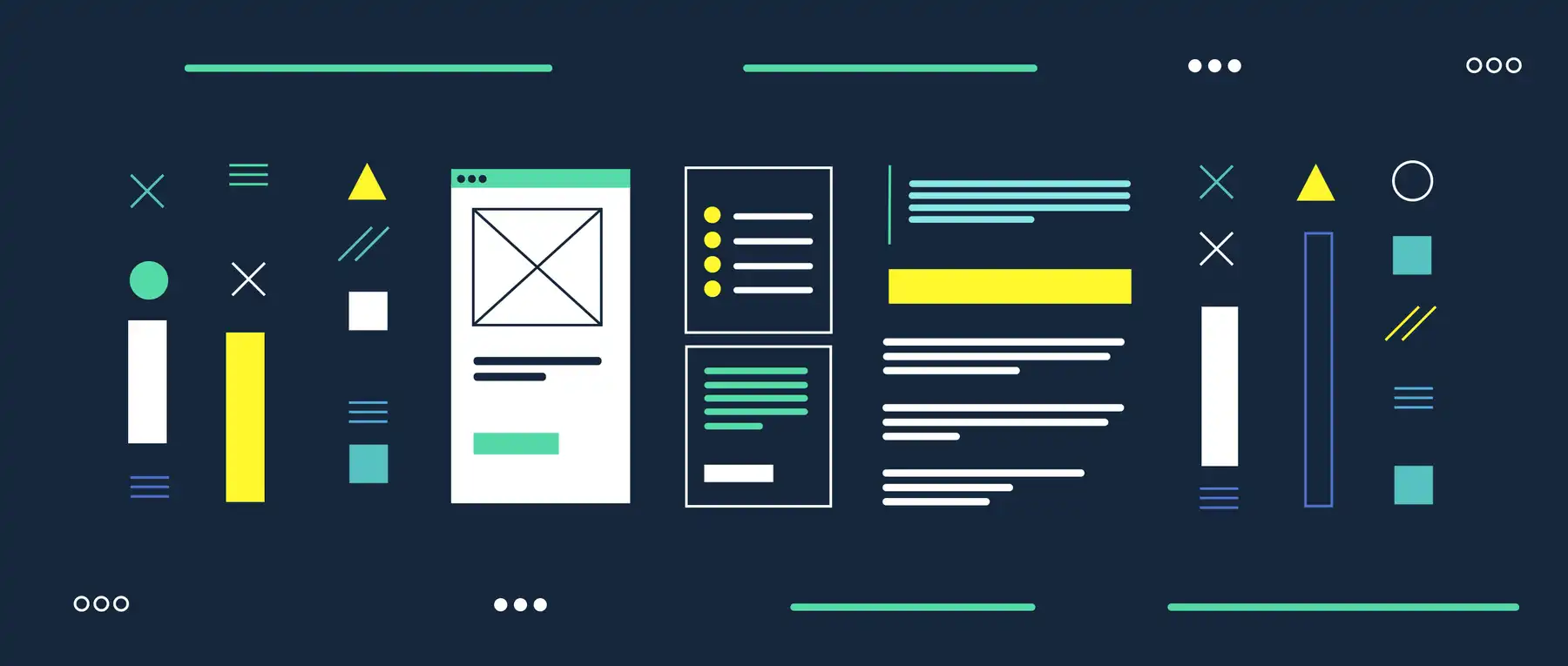
Tell it straight
Did you read the terms and conditions on the app you just downloaded? Me neither. That’s because they’re so wordy they’re borderline incomprehensible. Don’t make your content like that. Instead, assume your audience has the reading level of an intelligent 9-year-old and write for them. It seems like a ridiculously young age to aim for, but in New Zealand over 40% of adults struggle with literacy issues. If they can’t grasp your content quickly and easily online, they won’t take action.
Even experts prefer plain language, so next time a subject matter expert complains that you’re ‘dumbing down,’ tell them studies show that plain language content makes an organisation appear more intelligent than academic or jargon-filled language. And then pass them a thesaurus.
Speak like your users
(unless your users are sexist…then think about not speaking like them.)
Does your audience use words that don’t match your internal business language? Doesn’t matter – your users’ language is more important. If you have two words to choose from that have a similar meaning, choose the term that is most understandable to your audience. Your content is much more likely to seem familiar, trustworthy and relatable if you speak like your users.
Bonus: Google is more likely to rank your content highly as you’ll be using the same keywords and search terms as your users. The NZ Transport Agency put the very Kiwi ‘rego’ in brackets after the more formal ‘Vehicle licensing’ in their page about how to get a vehicle license — I’d love to know just how many people in New Zealand search for ‘rego’ instead of ‘vehicle licence’.
Test that your words work
You may think you’ve written the best content possible, but you have no idea what your users think until you put it in front of them. You want to know whether your content:
- Makes sense to users. Do they know what to do next?
- Sounds right to users. Does it have the right tone and voice?
We use Flesch-Kincaid tests and Hemingway App to assess readability, in-person user research to understand what users think about content, and Cloze tests to assess comprehension.
No budget for user testing content? Get creative — build it into testing wireframes and visual designs, or build it into your content review cycle. Even testing content on your colleagues is better than nothing.
It’s not just about the words
Inclusive content is about more than just words — it’s everything you put on your website. Think about how many times you’ve seen the same old tired tropes: busy mum getting dinner on the table for the family, working dad in a boring shirt-and-tie combo, angelic girls skipping in floaty pink dresses. And don’t mention women laughing at salad.
One of our clients is looking at how they use images and videos across all of their digital products to make sure they’re not unthinkingly perpetuating stereotypes, and we love them for this. Have a look at the images and videos on your products — are you living up to stereotypes or are you breaking the mould?
Build accountability into your workflow
All your good intentions will come to nothing if you don’t build inclusivity and accessibility into your workflow. Just like you’re much more likely to go to the gym with a friend when you’re accountable for your actions, you’re also much more likely to create inclusive content when someone steps up to own it. Make a specific person accountable for testing and checking content for readability, plain language and stereotypes, and make sure your content doesn’t go live without a review.
Thanks for reading our series on accessibility
We've written a series of blogs for Global Accessibility Day 2019. You can read the rest of the series here:
Designing for all with collaborative and diverse teams
In celebration of Global Accessibility Awareness Day 2019 (GAAD), we want to discuss how to create digital experiences that everyone can use. And it starts with the people who create them.
How design systems help you create accessible digital experiences
Use a design system to create better processes for usable, accessible design.
React Accessible Accordion 3.0: An open source accessible component
React Accessible Accordion 3.0 ensures that developers have an accessible accordion component readily available.
Team up with us to build accessible digital experiences
With our human-centred approach, we'll work with you to create accessible, usable, and inclusive products and services. Get in touch to learn more.
Get in touch
Let’s make the things that matter, better.
Email: hello@springload.co.nz
Phone: +64 4 801 8205